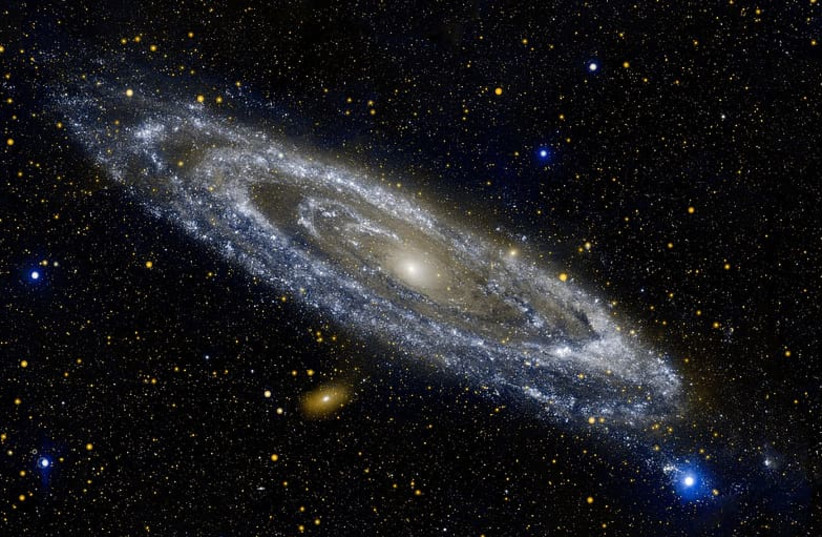A scientist has figured out how some galaxies undergo “shapeshifting” according to a recent release from the Royal Astronomical Society.
Australian Astronomer Alister Graham examined a plethora of older and more recent observations of galactic behavior to demonstrate how galaxies evolve from one shape to another. This phenomenon is called “galactic speciation.”
How galaxies change forms has been a mystery that has persisted for roughly a century. During the first half of the 20th century, famed astronomer Edwin Hubble, along with others, developed the Hubble sequence, or the Hubble tuning fork diagram.
According to NASA’s Hubble telescope website, Hubblesite, the Hubble sequence “describes and separates galaxies according to their morphology into spiral (S), elliptical (E), and lenticular (or lentil-shaped) (S0) galaxies.
Still, how a galaxy could move from one morphology into another remained unknown.

In a recent study, Graham used images obtained from the Hubble Space Telescope and from the Spitzer Space Telescope to discover two types of galaxies within the lenticular category: old and dust-poor, and dust-rich.
The astronomer noted that dust-rich lenticular galaxies have significantly more prominent spheroids and black holes than do dust-poor lenticular galaxies spiral galaxies.
Furthermore, the research demonstrated that spiral galaxies, such as the Milky Way galaxy, exist in a stage between the two types of lentil-shaped galaxies.
“This re-draws our much-loved galaxy sequence,” Professor Graham noted in the release “and, importantly, we now see the evolutionary pathways through a galaxy wedding sequence, or what business might refer to as acquisitions and mergers.”
Galaxies interact with one another, colliding, merging, and acquiring space dust as well as one another. In fact, our galaxy has obtained smaller satellite galaxies including Sagittarius and Canis Major.
“The Milky Way was likely once a dust-poor lenticular galaxy that accreted material,” according to the release. And, “over time it evolved into the spiral galaxy we live in today.”
However, during the subsequent stage, when a spiral galaxy undergoes a dramatic merger with another galaxy, such as that which the Milky Way galaxy is set to do in 4-6 billion years, the spiral structure will be destroyed and result in a spheroid, dust-rich lenticular galaxy.
Graham’s work shows a relation between the various galaxy types.
Winners and losers in galactic mergers
“It’s survival of the fittest out there,” Graham said. Ultimately, spheroid galaxies will emerge triumphant over disc-shaped galaxies.
“Astronomy now has a new anatomy sequence and finally an evolutionary sequence in which galaxy speciation is seen to occur through the inevitable marriage of galaxies ordained by gravity,” Graham noted.
